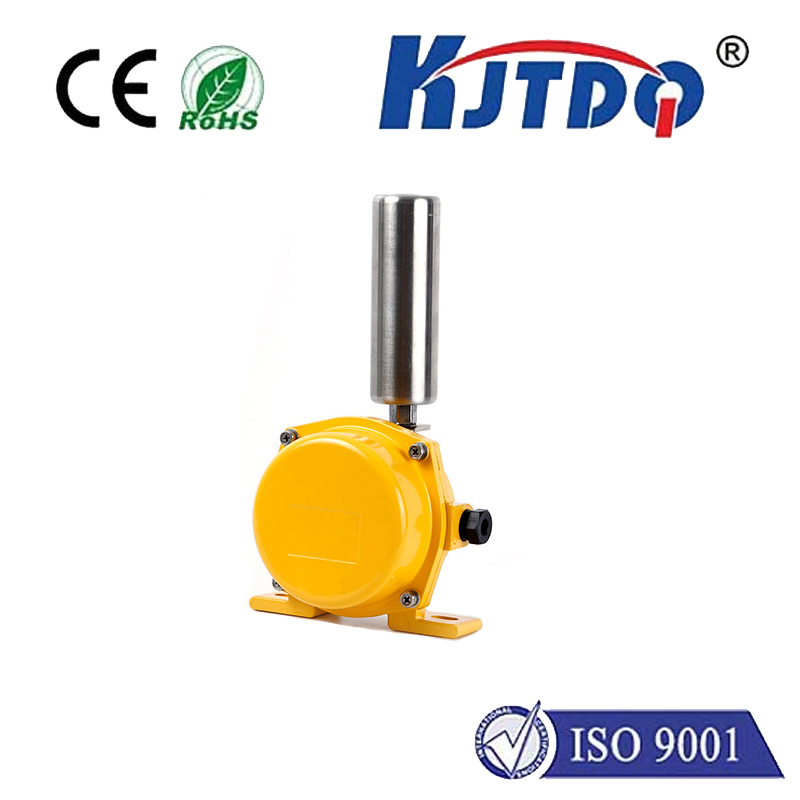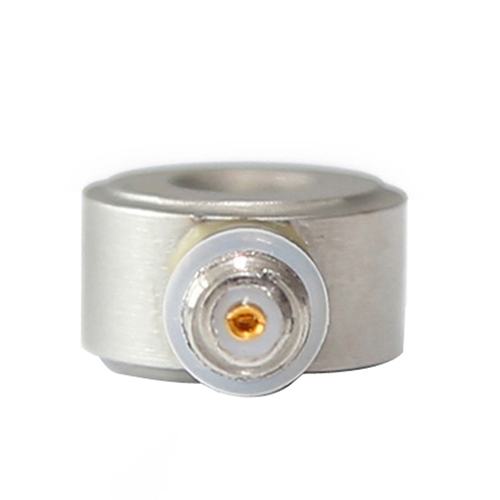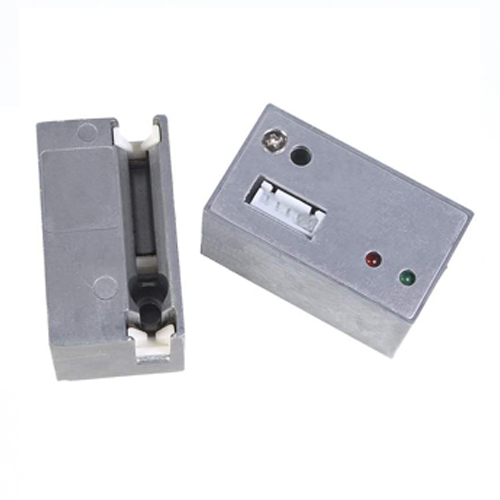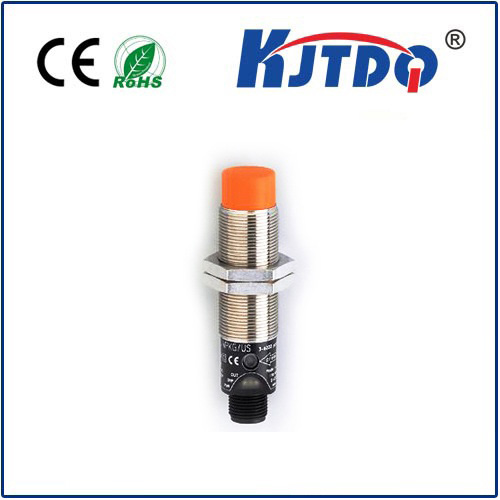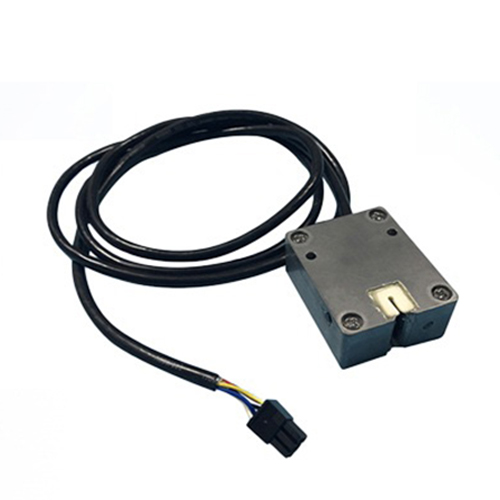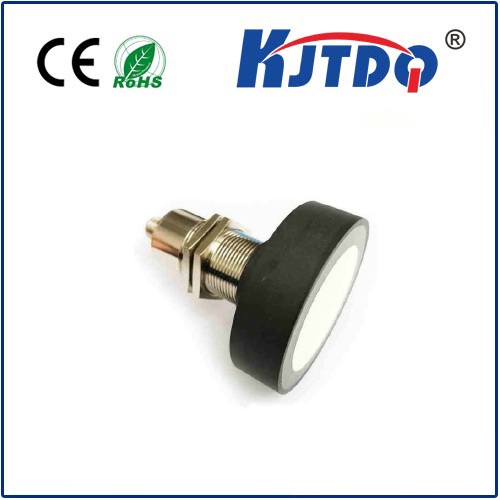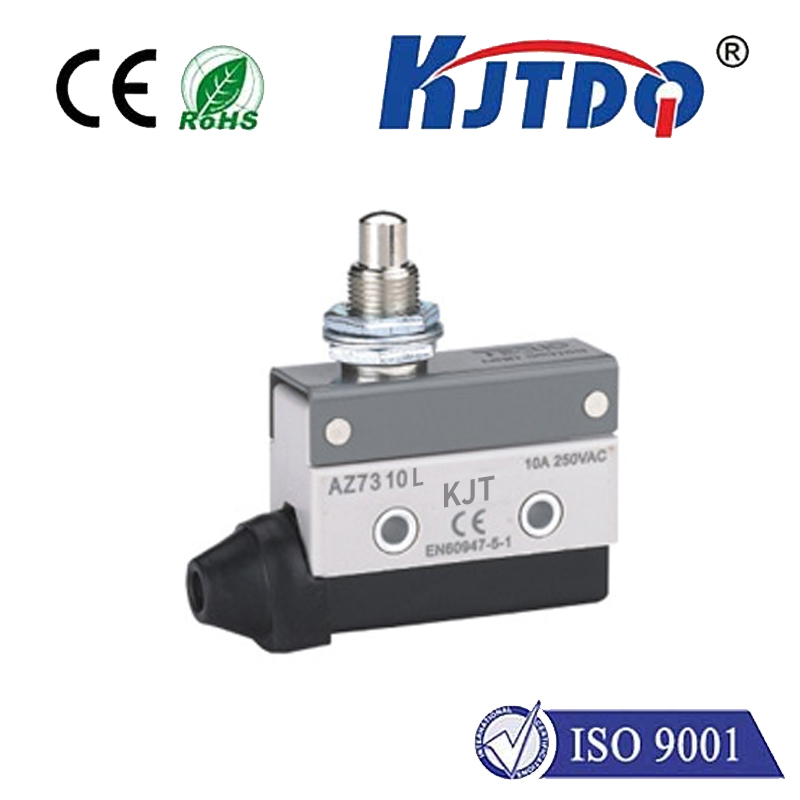proximity sensor for non metal
- time:2025-06-24 02:23:10
- Click:0
Beyond Metal: Your Essential Guide to Non-Metal Proximity Sensor Solutions
Ever tried to detect a plastic bottle on a high-speed conveyor? Or needed to know the precise level of a chemical inside a non-metallic tank? Traditional inductive proximity sensors, workhorses in automation, hit a critical limitation: they primarily sense metal. When your application involves plastics, wood, glass, liquids, powders, or other non-metallic materials, you need a different approach. Welcome to the essential world of non-metal proximity sensors, the key to unlocking detection and positioning tasks beyond the reach of magnetic fields.
The limitation of inductive sensors is inherent in their operating principle. They generate an electromagnetic field; when a conductive metal object enters this field, it induces eddy currents, which the sensor detects. Non-conductive and non-ferrous materials simply don’t interact with this field in the same way, rendering standard inductive sensors ineffective.
Fortunately, several robust sensing technologies excel precisely where inductive sensors fall short, enabling reliable detection of virtually any material:

- Capacitive Proximity Sensors: The Versatile All-Rounder
- Principle: Capacitive sensors generate an electrostatic field between their active surface (sensor face) and a reference ground (often the sensor housing or a separate ground). When any object – metal, plastic, wood, glass, liquid, or even granular materials – enters this field, it alters the capacitance. The sensor detects this change.
- Key Advantage: Exceptional versatility. They detect solids (wood, plastic, cardboard), liquids (including those inside containers), pastes, and powders. This makes them indispensable in packaging (detecting bottles, caps), food processing (level sensing in tanks, detecting ingredients), pharmaceutical handling, and woodworking.
- Consideration: Sensitivity can be affected by environmental factors like humidity, dust, or even target material composition. Adjustable sensitivity settings are crucial for optimal performance in diverse conditions. They require a stable grounding reference.
- Ultrasonic Proximity Sensors: Seeing with Sound
- Principle: These sensors emit high-frequency sound waves (ultrasonic pulses). They then measure the time it takes for the echo to return after bouncing off a target object. Distance is calculated based on the speed of sound.
- Key Advantage: Material-independent detection over longer ranges. They are highly effective for detecting a vast array of materials regardless of color, transparency, or surface texture (matte, glossy). Ideal for presence detection of boxes, pallets, bulky objects, liquid level sensing (even corrosive liquids), and applications requiring a longer sensing range than capacitive sensors typically offer. Widely used in storage, logistics (pallet detection), and automated vehicle guidance.
- Consideration: Performance can be influenced by temperature (affecting sound speed), air turbulence, very soft surfaces (absorbing sound), and steep angles of incidence. Foam can be challenging. Requires a relatively clear path for sound waves.
- Photoelectric (Optical) Sensors: Light-Based Detection
- Principle: Photoelectric sensors use light (visible red, infrared, or laser) to detect objects. Common types include:
- Through-Beam: Separate emitter and receiver; object detected when it interrupts the beam. Longest range and highly reliable.
- Retroreflective: Emitter and receiver in one housing; uses a reflector. Object detected when it breaks the beam.
- Diffuse (Reflective): Emitter and receiver in one housing. Detects objects by the light reflected directly off the target itself.
- Key Advantage: Excellent for detecting small objects and offering long-range, high-precision solutions. Effective on most solid surfaces (plastic, cardboard, glass, wood, etc.) where a light beam interruption or reflection can be reliably measured. Diffuse sensors are particularly popular for detecting non-metallic objects on conveyors.
- Consideration: Transparent objects (clear glass, certain plastics) can be challenging for some modes, as can very dark or highly reflective surfaces. Performance can be degraded by dirt, dust, fog, or intense ambient light interfering with the sensor’s light beam.
Choosing the Right Non-Metal Proximity Sensor: Key Factors
Selecting the optimal sensor requires careful consideration of your specific application:
- Target Material: What exactly are you trying to detect? (Plastic, wood, glass, liquid, powder, cardboard?)
- Required Sensing Distance: How far away will the sensor be from the target?
- Operating Environment: Temperature extremes? Humidity? Dust, dirt, steam, or chemical exposure? Explosive atmospheres (requiring intrinsically safe sensors)?
- Mounting Constraints: Size and shape limitations?
- Output Requirement: What signal does your control system need? (PNP/NPN, analog, IO-Link?)
- Response Time/Speed: How quickly must the sensor react?
- Cost: Budgetary constraints.
Why Non-Metal Proximity Sensors Are Crucial:
Moving beyond metal detection unlocks a vast array of applications critical to modern industry:
- Packaging: Detecting plastic bottles, caps, labels, cardboard boxes, films, and filled containers with precision.
- Food & Beverage: Sensing liquid levels (milk, juice, oil) in tanks, detecting ingredients (flour, sugar), verifying cap presence on plastic bottles, and monitoring conveyor flow of packaged goods. Capacitive sensors excel here, especially in hygienic designs.
- Pharmaceutical & Chemical: Ensuring vial presence, detecting powder levels in hoppers, verifying stopper insertion, and handling sensitive materials without contamination. Hygienic capacitive sensors are vital.
- Woodworking & Furniture: Detecting wood panels, boards, MDF, and finished pieces for positioning, counting, and process control.
- Logistics & Warehousing: Pallet detection (ultrasonic), box presence on conveyors (diffuse photoelectric), and automated guided vehicle (AGV) navigation.
- Level Monitoring: Capacitive and ultrasonic sensors are fundamental for controlling liquid or granular solid levels in silos, tanks, and hoppers made of plastic or fiberglass.
- Recycling: Sorting materials based on composition (using various sensor types).
Embracing Material Diversity
The inability to detect non-metallic objects is no longer a roadblock in automation and process control. Capacitive, ultrasonic, and photoelectric proximity sensors provide powerful, reliable, and purpose-built solutions. By understanding the unique strengths and applications of each technology, engineers and technicians can confidently implement solutions that accurately sense plastics, liquids, wood, glass, and countless other materials, driving efficiency and reliability across a multitude of industries. Overcoming the “metal-only” barrier is essential for truly flexible and modern automation systems.






